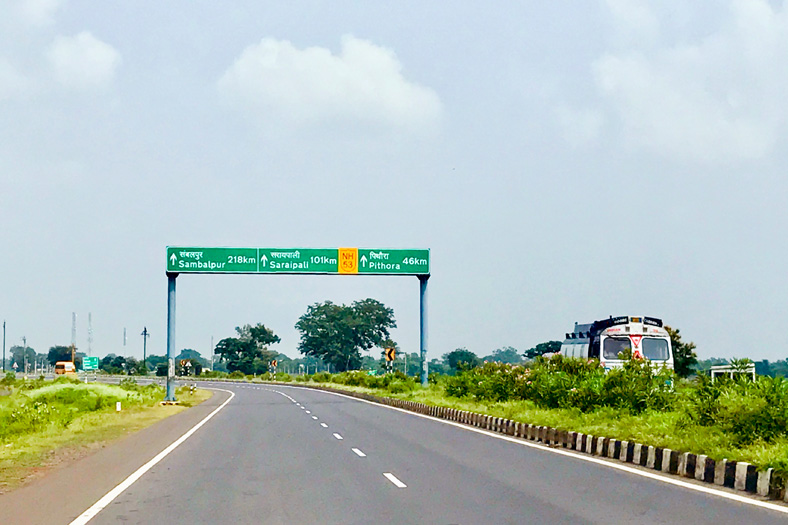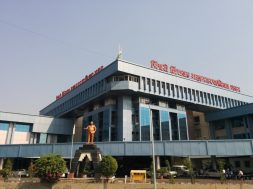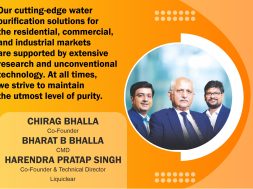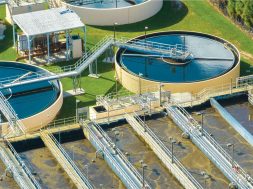Embracing urbanisation the sustainable way

As an increasing percentage of Asia and Pacific population is fostering the growth of urbanisation, it needs to propagate in a sustainable way
Sustainable Infrastructure
It is a world-wide phenomenon including in our own country that the population concentration is tilting towards urban centers, and that too quite rapidly. This process is irreversible because of the way economic activities, and hence the employment opportunities are converging to only select few cities. As per ADB report (2018), about 55 per cent of Asia and Pacific’s population already resides in urban area, as the world’s fastest urbanisation region. Therefore the city Infrastructure need not only to support the living conditions, but also foster the commercial activity; absorb all the changes in economic, social and ecological changes on sustainable basis over the period of time.
Macro and policy level scenario
At macro level, the challenge is largely related to policy framework, resource availability, and operational models. Government has been trying multiple approaches in different time-frames and planning-periods to get the desired result. We have seen major policy level shifts over last two decades. After experimenting with various arrangements, Public Private Partnership (PPP) has been found to be most suitable mode to address the challenge of financing projects and ensuring the sustainability. However, the rolling out of PPP projects have not been without hurdles. Department of Economic Affairs (GOI) in their guidelines for the ‘Indian Infrastructure Development Fund’ have distinctly identified the challenges. Some of the important concern areas are highlighted as – policy and regulatory gaps; lack of long term financing (10 years +); capacity gap in public institutions; shortage of technical manpower in private sector; lack of bankable projects and lesser acceptance of PPP by the public at large.
If you look at few components of infrastructure, such as Roads and Highways, the PPP model is working rather fine and the sustainability is ensured by the ‘user pay principles’. However, it is not the same case all across the other infrastructure facilities and civic amenities such as water supply and sewerage; primary healthcare facilities, housing etc. In the affordable housing segments, the government is moving on similar lines and the results are visible. This is absolutely necessary in achieving the objective of ‘Housing for All by 2022’. The introduction of REITS (Real Estate Investment Trusts) and National Urban Rental Housing policy will bridge more gaps in this sphere.
To plug in the gap of technical know-how within the government and local-bodies set-up, the authorities are more proactively engaging consultants and transaction advisors to ensure the quality of projects. Still there is no sufficient availability of technical expertise in the private sphere to meet the demand completely. We have come across the incidences where the PMC for Smart Cities could not attract enough bidders from private consultancy firms.
Sustainability in Smart City context
We have seen that the development of Smart Cities are following the same fundamental principle that focuses on sustainability- be it related to city infrastructure, livability, environment or commercial activities. Despite the unique plan and design for each city, these guidelines are uniformly adhered across locations. Every smart city plan is prominently incorporating the components of natural resource management, biodiversity, green buildings, water treatment and recycling, solid waste management, green space, public health and safety, water and air quality, etc.
The city planning takes into account, how the employment and growth opportunities can be fostered by provisioning the adequate space for commercial activities, incubation centers, skill development centers etc. Also, the sustainability, inter alia, contains inclusion and social development factors.
The very first project that is undertaken in any smart city is the formation of Central Command and Control System. In the time to come, this is going to play a pivotal role in ensuring city sustainability. The ICT enabled digitised integration of all the data facilitates in quickly readdressing the problems and prompting the corrective measures on real time basis. Besides, the city plan is entirely futuristic taking into consideration all the anticipated changes in demographics as well economic activities.
Role of technology in infrastructure sustainability
Application of technology in the infrastructure projects is going to play a decisive role. The government should just not show acceptability, but proactively demand and encourage the application of latest technology that can address complexity and hence contribute meaningfully in sustainability of infrastructure projects. Globally the technology like BIM (Building Information Modelling) is being applied on large infrastructure project to ensure timeliness of delivery, quality adherence and controlling the project cost by avoiding conflicts in design, scheduling and implementation. With proper policy framework, the government can incentivise the use of green technology. Also, while calculating the returns from a large-scale project, the unquantifiable ‘green-benefit’ can be taken into account and properly factored in the viability analysis.
The way ahead in Indian context
To ensure sustainability of infrastructure projects, the government needs to encourage greater participation of private players. This engagement can be accelerated by creating a pool of financially viable and bankable projects to make it profitable for the private players. Projects cannot have unpredictable revenue streams. The sudden shifts in policy-framework should not adversely impact the on-going and assigned projects, which is a major reason for many large scale projects hung in the middle of implementation. The participants incur huge loss, as the exit barrier for such projects is just too high. Simultaneously, the operational hurdles such as delay in land acquisition, environmental clearances and absence of single-window approval systems need to be taken care of, without any further delay.
And most importantly, the sustainability of infrastructure, especially the city infrastructure depends on the participation of the citizen. We need to create awareness through advocacy measures for the willingness of people to pay reasonable fee for using the infrastructure services that goes in maintenance and enhancements.
For more details, contact:
Pradeep Misra,Infrastructure Expert and CMD,REPL
27
Cookie Consent
We use cookies to personalize your experience. By continuing to visit this website you agree to our Terms & Conditions, Privacy Policy and Cookie Policy.









